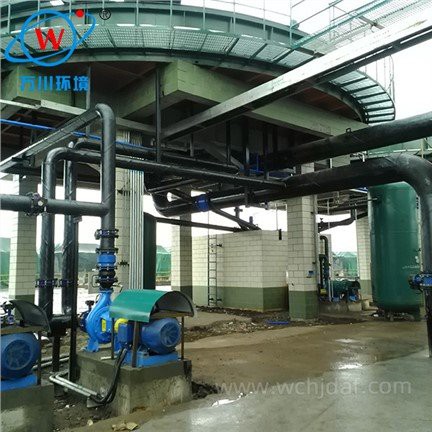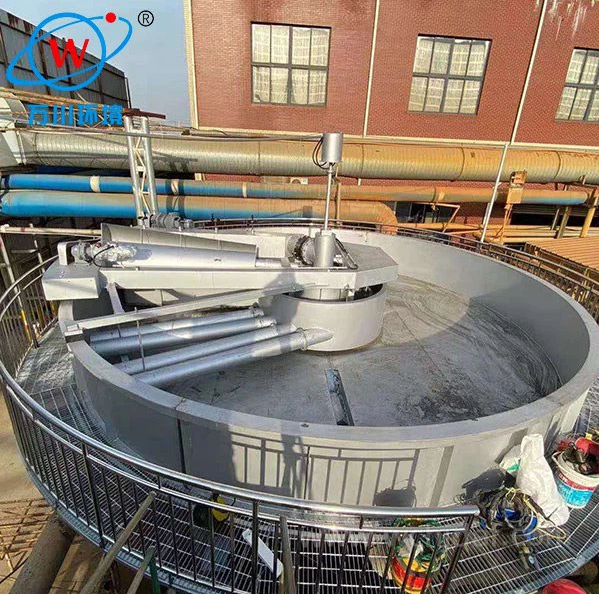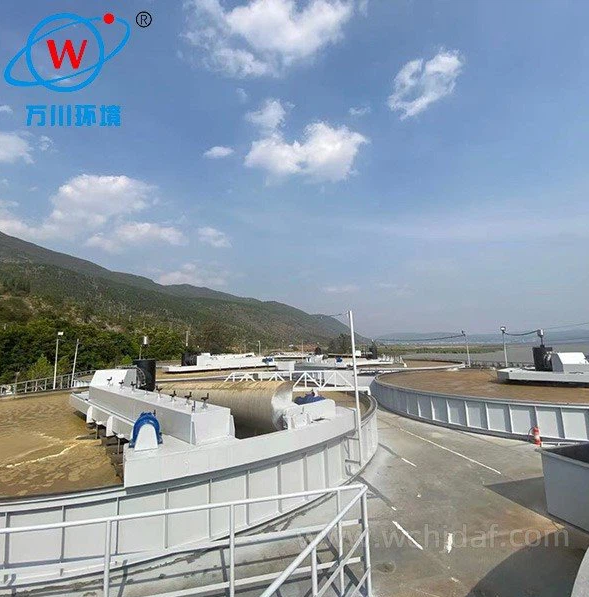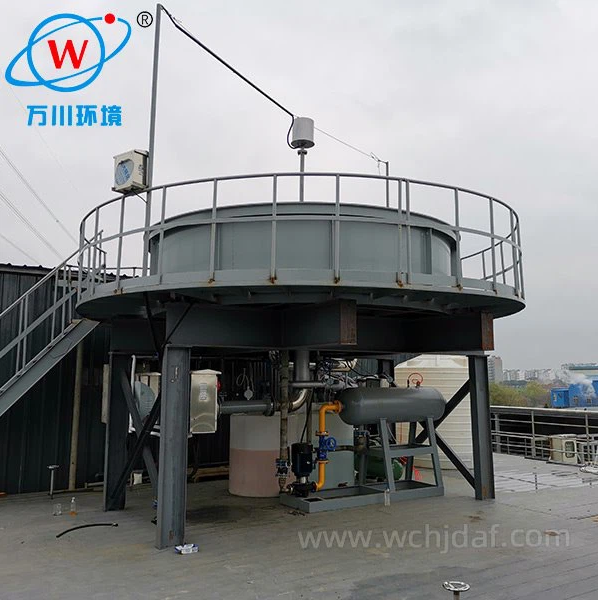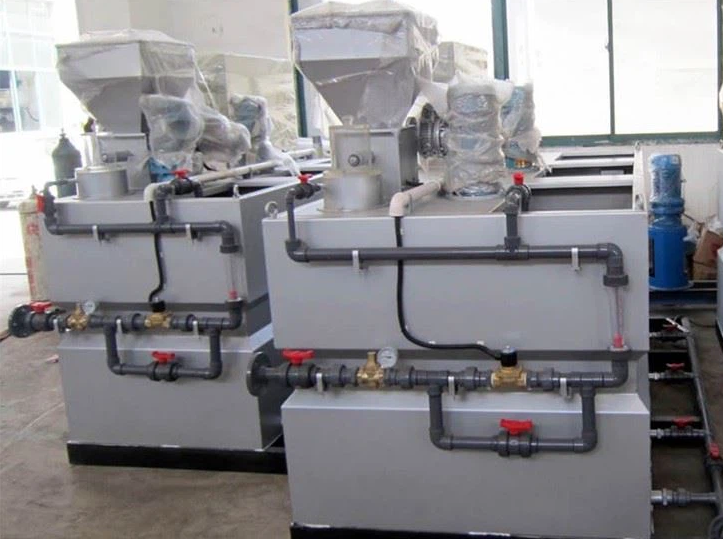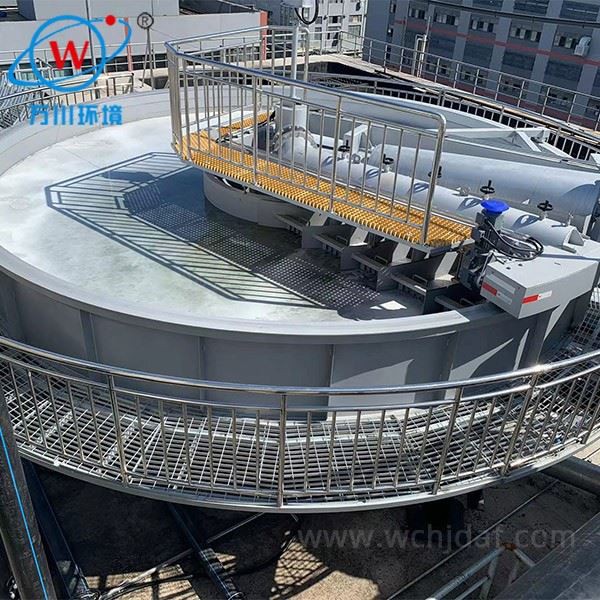Operational Stability of Suspended Air Flotation Systems
Incoming Water Quality
One of the primary influences on stability is the quality of the incoming water or wastewater. Variations in the composition of the feed stream, such as changes in the concentration of suspended solids, oil content, or organic matter, can disrupt the system’s balance.
For instance, a sudden surge in high-density contaminants may overload the flotation process, reducing the ability of micro-bubbles to attach to particles and carry them to the surface. This leads to inconsistent separation efficiency and undermines overall stability.
Equipment Condition
Equipment condition also plays a vital role in maintaining stable operation. Components like air diffusers, mixers, and scum removal mechanisms must function properly.
- Clogged diffusers, for example, can cause uneven distribution of micro-bubbles, resulting in patchy flotation and inconsistent performance.
- Regular upkeep of these parts, including cleaning and inspection, helps prevent unexpected breakdowns and ensures the system operates smoothly over time.
Operational Management
Operational management is another critical factor. Proper control of process parameters, such as air flow rate, chemical dosage, and hydraulic retention time, is essential.
- Even small deviations from optimal settings can affect the system’s performance.
- Well-trained operators who can monitor conditions, identify issues early, and make necessary adjustments contribute significantly to sustained stability.
System Design
Additionally, the design of the Suspended Air Flotation system itself impacts its stability. Systems engineered to handle fluctuations in feed quality and flow rate, with features that promote uniform mixing and bubble-particle contact, tend to be more stable.
- Integration of monitoring tools that provide real-time data on key process indicators also aids in maintaining stability.
- Such tools allow for prompt interventions when deviations occur, helping to maintain consistent performance.
In summary, the operational stability of Suspended Air Flotation systems depends on careful management of incoming water quality, regular equipment maintenance, precise operational control, and a well-suited system design. By addressing these factors, industries can ensure that their Suspended Air Flotation systems operate consistently and effectively.

